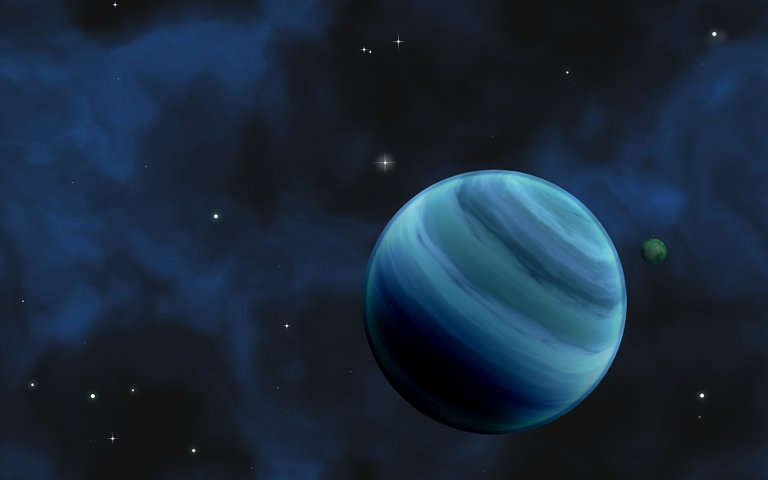We May Be Looking At A Picture Of A Planet At Proxima Centauri
Recently, the second planet has been discovered near our closest neighboring star – Proxima Centauri. And maybe, just maybe we are observing it directly.

Image by ChadoNihi from Pixabay
- Be also sure to check out my other posts and follow me @kralizec and subscribe to my Youtube channel at Kralizec Gaming Youtube Channel
The majority of planets outside of the Solar system have been discovered indirectly based on their influence on their stars. But astronomers want to see exoplanets directly. So far, we managed to do it only with a tiny number of exoplanets that are very massive and young.
But, a historic moment may be upon us. With the help of the device called SPHERE onboard the European Very Large Telescope scientists may have observed a planet at the nearest solar system to Earth – Proxima Centauri. But remember, maybe.
Visiting Proxima Centauri
A few years ago, scientists discovered an exoplanet called Proxima b in the Proxima Centauri system. They managed to do that using measurements of radial velocity. Proxima b is at least one-third more massive than Earth and orbits Proxima once every 11 days – inside of its habitable zone.
Observing Proxima b directly will be very hard – at least in the nearest future. This is because the planet seems to be small and very close to the star. Well, if it does exist because we aren't always sure about them really being there.
A few months ago using the same method we managed to discover a candidate for a second planet. Proxima c should have a mass of 6 Earths and orbit 1.5 times further from Proxima Centauri than Earth orbits from the Sun and it should take it 5 years to orbit its star.
If the planet really exists and because it is further from Proxima Centauri we actually have a chance to observe it directly. This is why scientists looked at the data from SPHERE from March 2005 until May 2019.
Seeing ISNT Knowing
Direct observation may seem like better proof than any of the indirect methods in which the planet is represented by a bunch of points on a graph. Sadly, that isn't necessarily true. If we are seeing the planet then we see it just as a tiny point near the star. But it could also easily be just an artifact, random mirroring of a star somewhere behind Proxima, or even just a spec of dust on the telescope. This is why scientists are very careful about saying we truly directly observed an exoplanet.
But, if we truly did observe Proxima c directly then it would be amazing. An interesting question we have to ask is why do we even see the star? Nor young nor old planet radiate much radiation but both of them do reflect the radiation of their star. But that isn't enough to see them. The planet would need to be five times larger than Jupiter for us to see what we see. So, there must be a large source of dust in the system. Maybe it is a gigantic ring system, the result of moons colliding, or even the dust is evaporating from the planet itself.
If Proxima c exists, then it certainly isn't habitable. It orbits too far. It would be too cold even inside of our Solar system but Proxima Centauri is much smaller and colder than the Sun as it is a red dwarf making the life of Proxima c quite cold.
Sources:
- If you like the content I’m producing about science maybe you will like the content I produce about gaming as well! Be sure to check out my other posts!